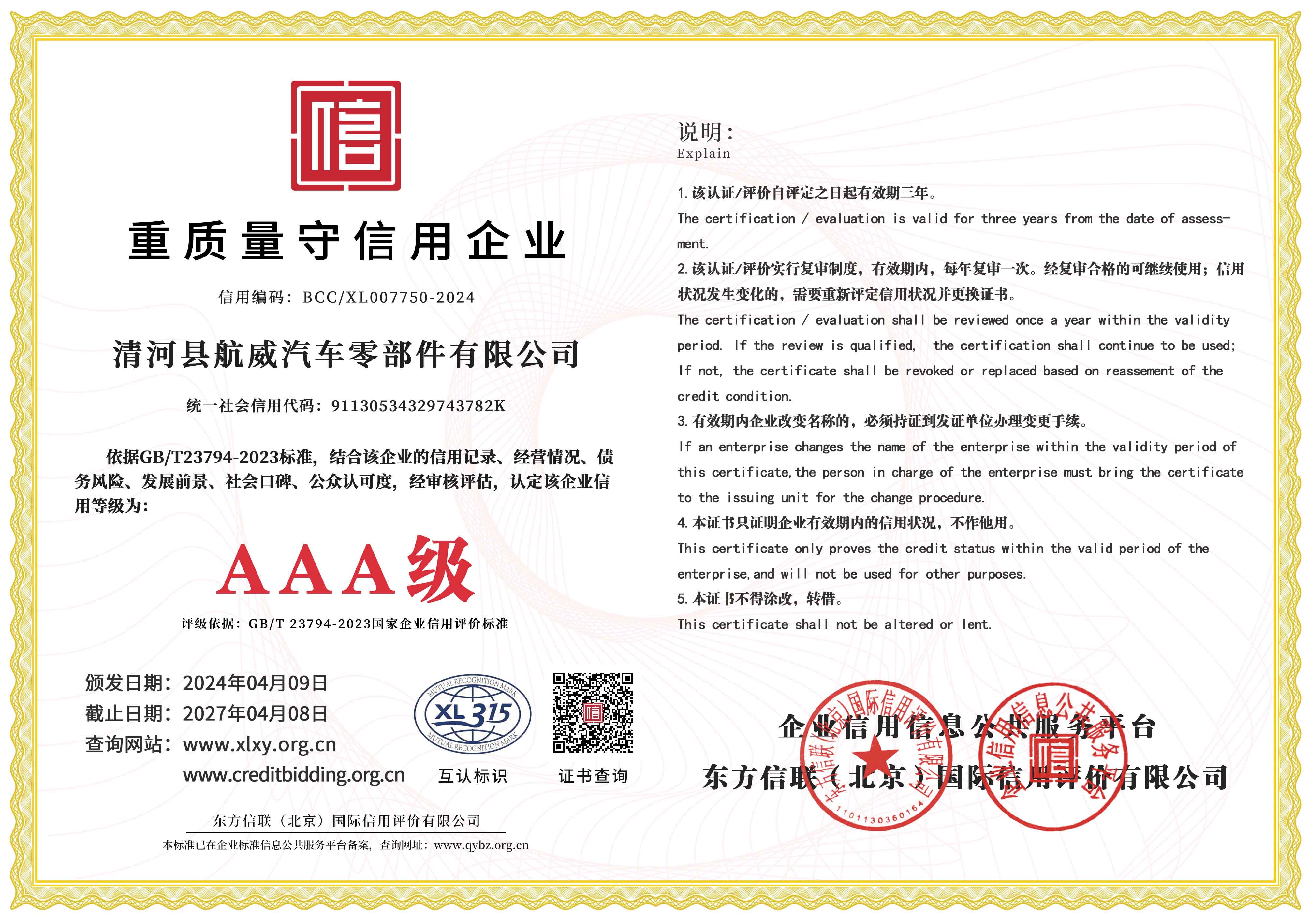throttle wire
Understanding Throttle Wire Key Components and Functionality
Throttle wire, an essential part of many internal combustion engine systems, plays a critical role in controlling the air intake to the engine, thereby influencing its power output and performance. This article delves into the concept of throttle wire, its significance in engine management, and the recent technological advancements that have reshaped its functionality.
What is Throttle Wire?
Throttle wire, often referred to as a throttle cable, connects the accelerator pedal to the throttle body in an engine. When a driver presses down on the accelerator, this action pulls the throttle wire, which subsequently opens the throttle body. This opening allows more air to flow into the engine, enhancing combustion and, ultimately, increasing the vehicle's speed. Thus, the throttle wire serves as a direct link between the driver’s intention and the engine's response.
Mechanical vs. Electronic Throttle Control
Traditionally, vehicles employed a mechanical throttle cable system. In this setup, the physical movement of the cable directly controlled the throttle position. However, advances in technology have led many manufacturers to adopt electronic throttle control (ETC) systems, also known as drive-by-wire systems. In an ETC setup, the accelerator pedal is fitted with sensors that send electrical signals to the engine control unit (ECU). This ECU then adjusts the throttle position based on various factors such as engine load, speed, and even driving conditions.
This transition from mechanical to electronic systems has brought several benefits, including
1. Greater Precision ETC systems allow for more precise control of air intake, improving fuel efficiency and engine performance. 2. Enhanced Safety With the integration of sensors and feedback loops, electronic systems can prevent conditions like unintended acceleration, significantly enhancing driver safety.
3. Additional Features ETC opens the door for advanced functionalities like cruise control, traction control, and launch control, which rely on the precise modulation of engine power.
throttle wire

Maintenance and Common Issues
While throttle wires are designed for durability, wear and tear can lead to issues over time. For mechanical throttle systems, common problems include fraying or snapping of the throttle cable, which can result in sluggish throttle response or complete engine shutdown. Regular inspection and timely replacement are crucial to maintain optimal performance.
In electronic systems, throttle body malfunctions or sensor failures can lead to issues such as erratic acceleration or the engine warning light illuminating on the dashboard. An error in the electronic signals can lead to performance issues. Hence, regular diagnostics are essential for maintaining the proper functioning of electronic throttle systems.
Future Innovations
The automotive industry is witnessing rapid advancements toward more sustainable and efficient vehicles. As hybrid and electric vehicles become more prevalent, the role of throttle wire and its technological counterparts will evolve. Future iterations may integrate artificial intelligence to adjust throttle response dynamically based on driver behavior, road conditions, or even environmental considerations.
Additionally, as manufacturers work toward improving emissions and fuel economy, the optimization of throttle control systems will be crucial. Innovations like variable geometry intake systems might also find their way into throttle wire applications, allowing for even better control over engine performance across various driving conditions.
Conclusion
Throttle wire, whether mechanical or electronic, serves as a fundamental component in the operation of internal combustion engines. With the evolution of technology, the throttle control systems have become more advanced, offering enhanced safety, precision, and functionality. As we move toward a future dominated by electric engines and smarter vehicles, the principles of throttle control will remain vital, adapting to meet the demands of modern drivers while continuing to ensure an enjoyable driving experience. Understanding throttle wire and its implications is essential for both enthusiasts and everyday drivers alike, reminding us of the intricate connection between human intention and machine response.
-
Upgrade Your Vehicle with High-Quality Handbrake CablesNewsNov.01,2024
-
Optimize Your Bike's Performance with Quality CablesNewsNov.01,2024
-
Enhance Your Vehicle's Performance with Quality Clutch ComponentsNewsNov.01,2024
-
Elevate Your Vehicle's Performance with Quality Throttle CablesNewsNov.01,2024
-
Elevate Your Vehicle's Performance with Quality CablesNewsNov.01,2024
-
Affordable Solutions for Your Cable NeedsNewsNov.01,2024
